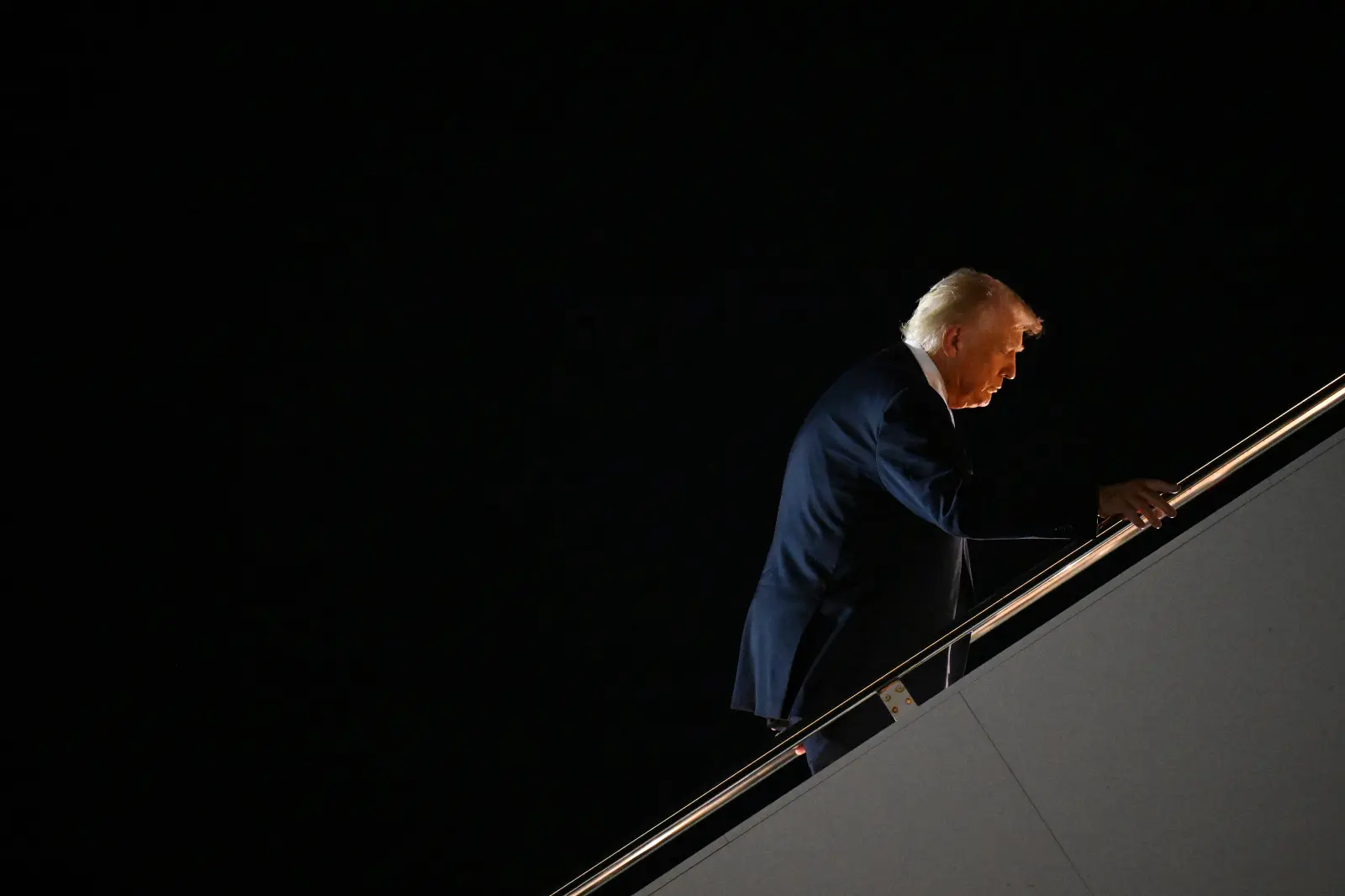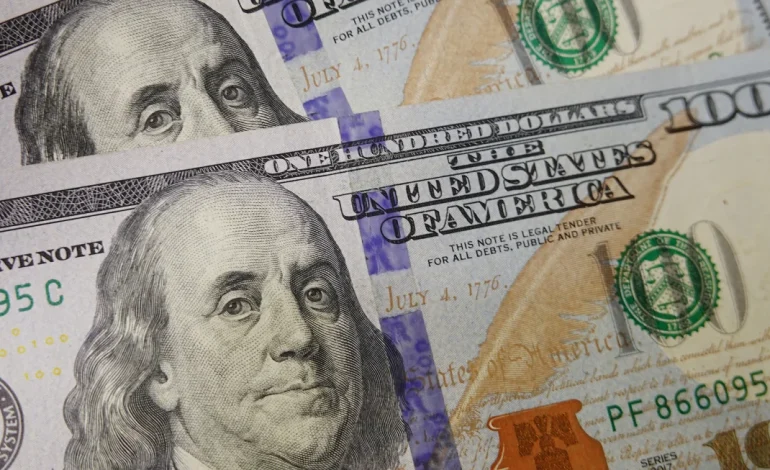The US dollar continued its downward trend on Monday, deepening concerns among investors over its long-standing reputation as a safe haven in global financial markets.
The decline follows heightened market volatility and uncertainty triggered by President Donald Trump’s expansive tariff agenda.
The US Dollar Index, which tracks the greenback’s performance against a basket of major currencies including the euro, yen, and pound, has dropped approximately 8% this year, approaching a three-year low. Monday marked the fifth consecutive day of losses, despite a concurrent rally in US stocks and bonds.
Investor confidence in US assets has been shaken in recent weeks, particularly since President Trump announced sweeping tariffs on imports from nearly all major trading partners. Rather than strengthening the dollar, as some economists and administration officials predicted, the protectionist measures appear to have eroded demand for the currency.
The unexpected trajectory has confounded expectations. Treasury Secretary Scott Bessent had maintained that tariffs would bolster the dollar by discouraging imports and reducing demand for foreign currencies. On Monday, Bessent defended the dollar’s standing, calling it “strong” and reaffirming its role as the global reserve currency in an interview with Bloomberg.
Still, the scope and ambiguity surrounding the tariffs—combined with abrupt policy shifts and exemptions—have introduced a level of uncertainty that many investors find troubling. As a result, the dollar has weakened notably against the euro, yen, and Swiss franc, with the latter seeing its largest monthly gain against the dollar since 2008.
“What we’re seeing is not just a reaction to tariffs, but a growing unease about US economic policy overall,” said Krishna Guha, vice chairman at Evercore ISI, who described recent market behavior as “rare, ugly and worrying.”
This apprehension extends beyond investors to central banks, many of which are reconsidering their exposure to US assets. Joe Brusuelas, chief economist at RSM, noted that dollar-denominated assets, once considered immune to risk, are now being reevaluated as geopolitical and economic uncertainties mount.
The dollar’s global influence is significant, playing a central role in nearly 90% of all foreign exchange transactions and serving as the pricing benchmark for vital commodities like oil. Its depreciation thus carries broader implications for global trade and economic stability.
Some analysts caution against overreacting. Brad Setser of the Council on Foreign Relations pointed out that US markets had previously drawn capital not solely for safety, but also for high returns—particularly from leading tech stocks. The current pullback, he argued, may reflect a shift away from risk rather than a definitive judgment on the dollar’s future.
Yet concerns about a potential US recession are growing. The escalating trade tensions could prompt the Federal Reserve to cut interest rates sooner than previously anticipated. Fed Governor Christopher J. Waller suggested as much on Monday, indicating that the central bank might need to act aggressively to protect economic growth, even if inflation remains elevated.
Investor expectations now include significant rate cuts through the remainder of the year. Lower interest rates typically reduce the appeal of dollar-based investments, adding further pressure on the currency.
Further complicating matters, speculation around the Fed’s independence has intensified. Any perceived attempts by the Trump administration to influence monetary policy could further destabilize market confidence. Bessent, for his part, emphasized the importance of preserving the Fed’s autonomy, calling monetary policy a “jewel box.”
While the dollar showed some stability on Tuesday, holding near a three-year low against the euro and a six-month low against the yen, analysts expect volatility to persist as long as uncertainty around trade policy and economic direction remains unresolved.
“Every policy reversal chips away at investor trust,” said Antje Praefcke, a strategist at Commerzbank. “As long as this unpredictability continues, a strong and sustained recovery in the US dollar seems unlikely.”
Reuters and the New York Times contributed to this report.










The latest news in your social feeds
Subscribe to our social media platforms to stay tuned